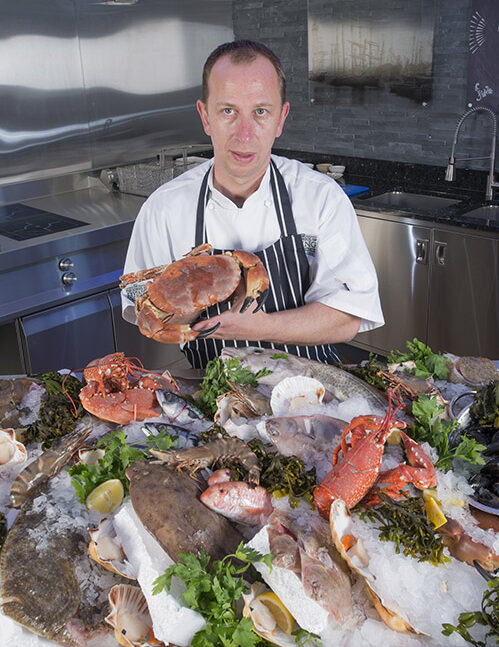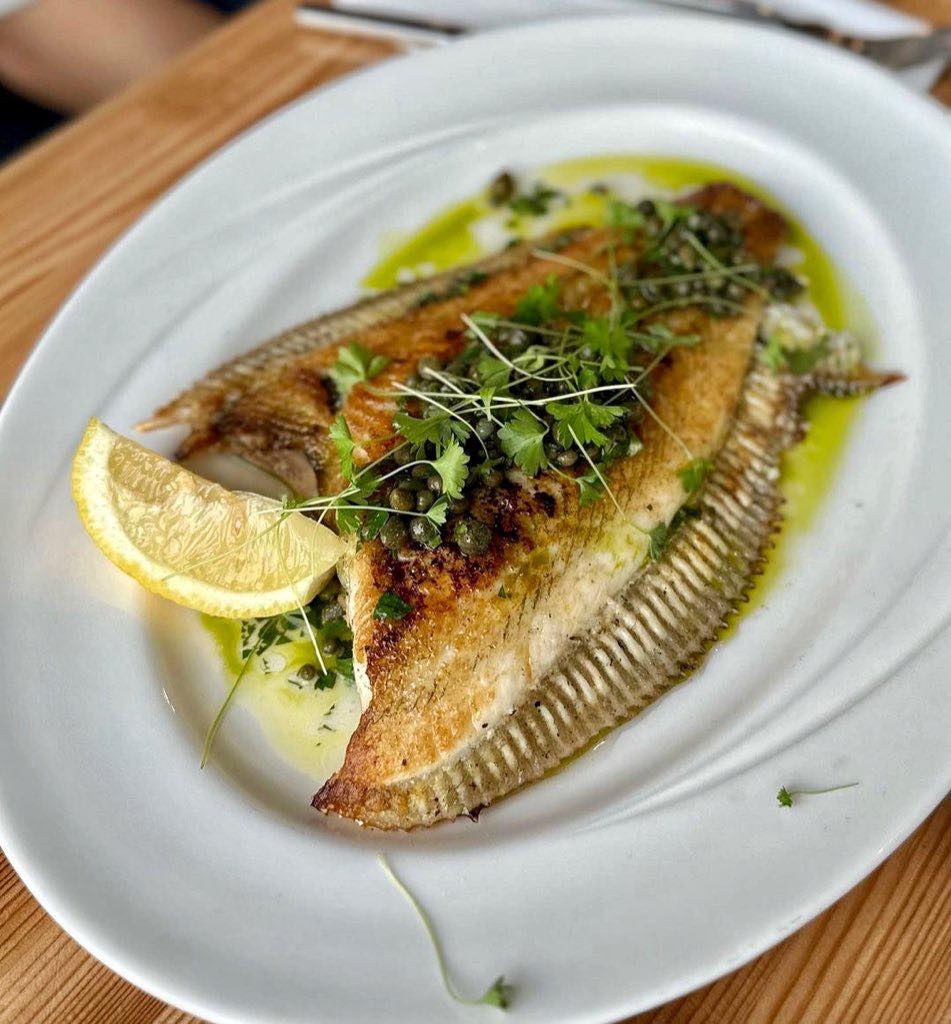


Garry Rosser, owner of The Scallop Shell in Bath and KFE trainer, serves up his tips to help shops dabble with more sustainable fish options this September during Sustainable Seafood Month
Sustainability in seafood is more important than ever, but for many fish and chip shop owners it can feel like a confusing and ever-changing landscape. What’s considered sustainable one month might not be the next. What is sustainable in one part of the country isn’t necessarily sustainable in another. And with changing quotas, seasonal availability, and environmental pressures, it can be hard to know where to start.
While there are useful resources from the likes of the MSC and the MCS, Garry believes building a relationship with a knowledgeable supplier is essential.
“Sustainability, for me, in a non-complex way, is buying fish when it’s in season, when it’s in abundance, and using underrated species rather than what we call prime fish,” he explains. “Because there’s a demand for prime fish, the price increases quite considerably. A good wholesaler will know all this and can help you buy fish that will work for you and your customers.”
Lesser-known species
When trying a new species, Garry urges fish and chip shops to break away from relying on familiar names and instead embrace the wide range of lesser-known, underutilised species available in UK waters.
“Don’t always go for something because it’s popular or because chefs are using it,” he advises. “Go for something more underutilised. Rather than Dover sole, use sand sole. Rather than wild sea bass, try grey mullet. Rather than lemon sole, you could be using Cornish sole. There’s so much more out there.”
This September, many sustainable and cost-effective options are hitting their seasonal peak, making it the perfect time to experiment. One of Garry’s top picks is plaice.
Fresh
“Everyone knows plaice in a fish and chip shop, but rather than using frozen plaice, you definitely want to be looking at fresh plaice. It’s the best time of year for it, it’s very sustainable and cost-effective,” he says. “If you’re buying whole fish, you could get a 500-600g plaice at the moment for around £6/kg. Filleted, you’ll get two portions out of it, which works out to £1.50 a portion. That’s doable for fish and chip shops.”
Other great options right now include Cornish Bay whiting and brill – both excellent value.
“Cornish Bay whiting is a great fish, it’s part of the cod family, but it’s actually cheaper than cod,” he says. “Whole fish are about £5.50–6/kg, so that’s £10-12/kg filleted, which means you’re getting a decent 250g portion for £2.50 in the box.”
Even luxury species, like brill, can be surprisingly affordable.
“I picked up brill today at £6/kg. Again, filleted that works out at about £1.50 a portion, which is unbelievable for brill,” Garry adds. “Monkfish is another fantastic one. Unfortunately, chefs have all jumped on it at the moment, so it is a little more expensive. But served in drumstick size portions and fried, it’s beautiful.”
When it comes to grilled or non-fried options, the same rule applies. “Instead of wild sea bass, grey mullet is a great alternative,” says Garry. “For lemon sole, try Cornish witch or megrim sole, which are about half the price.”
Sell what’s special
Garry acknowledges that adding a new species to a chip shop menu isn’t always simple, explaining: “Fish and chip shops are in really tough times, so I wouldn’t go too crazy. We get comfortable with what we’re doing, and customers are comfortable with what they’re buying. To change both is not an easy challenge.”
His advice is to introduce change gently and to make it personal. “I wouldn’t change a whole menu,” he says. “But I would try to promote a special. For instance, if your name is John Mills, do a ‘Mr Mills’ Special of the Week’. If you’re Mr Mills and you’re behind the counter, talk to your customers. Say, ‘This is Cornish Bay whiting, it’s sustainable, it was in the water yesterday, and it’s straight up from Newlyn market.’ Sell what’s special about it.”

